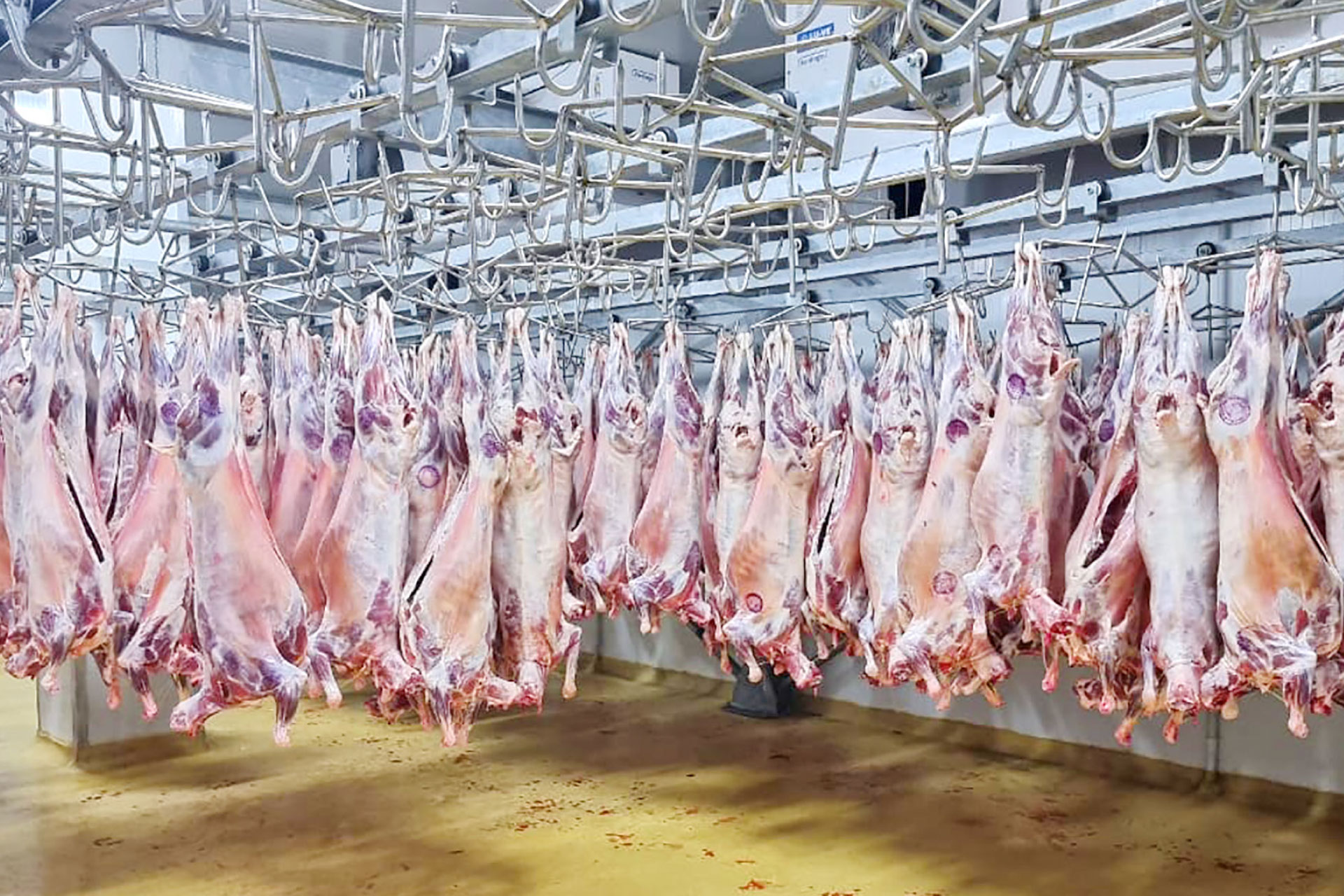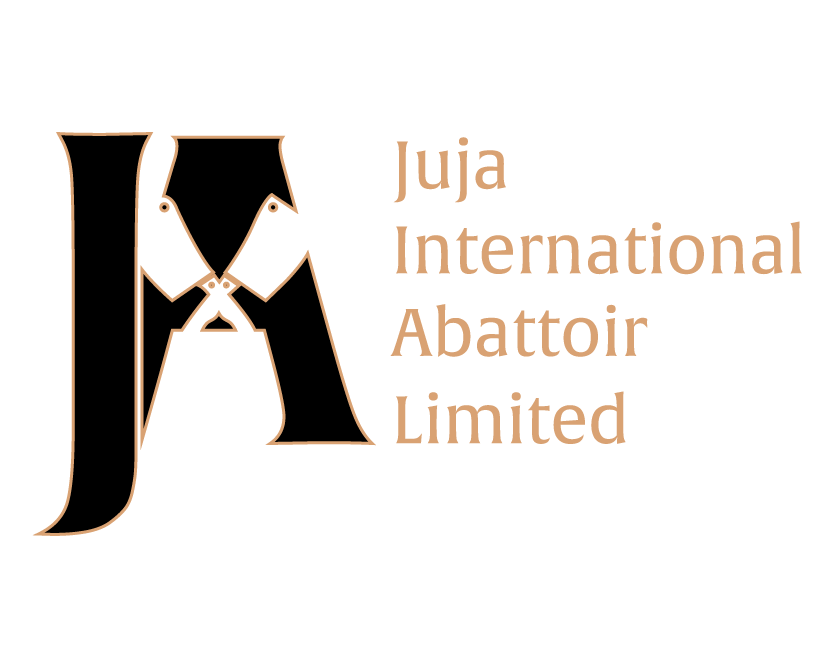Lamb meat is increasingly becoming a preferred choice for many Kenyan consumers who value tenderness, flavour, and premium quality. As more people in Nairobi, Mombasa and other urban centres seek healthier, high-quality, ethically produced meat, the supply of lamb must keep pace with these rising expectations. For Juja Abattoir, understanding how lamb is produced, processed and delivered in Kenya offers the chance to lead in quality, consistency and trust.
Current Status of Lamb Supply in Kenya
- Lamb supply is part of the sheep meat segment; sheep and goats continue to make up a large portion of small ruminant meat supply nationally.
- Over recent years the number of sheep and goats slaughtered in Kenya has been around 10-11 million heads annually, though figures fluctuate. Output of sheep and goat meat has shown modest growth.
- Yield per head (on sheep/got combined) has been improving; average carcass weights are gradually increasing as producers adopt better feeding and management.
- Demand for lamb (as opposed to older sheep, i.e. mutton) is rising among consumers interested in tender meat, premium experiences (restaurants, hotels), and special occasions.
Key Challenges Facing Lamb Supply
- Feed & Nutrition Shortfalls — Many lamb producers rely on seasonal pastures. Dry periods reduce forage availability and quality. Supplementary feeds are often expensive or hard to access, reducing optimal growth.
- Animal Health & Young Stock Loss — Lambs are particularly vulnerable: diseases, parasites, inadequate veterinary care and nutrition during early life stages cause higher mortality or stunted growth.
- Genetics, Breed & Growth Rates — Many lambs are from breeds not optimized for rapid growth, good meat yield or tenderness. Breeding programmes for lamb quality are not uniformly adopted, leading to variability in size and quality.
- Infrastructure & Cold Chain Problems — From farms to slaughterhouses to markets, inadequate roads, lack of refrigerated transport, insufficient chilling and poor handling reduce meat quality and shelf life.
- Market Access, Standards & Traceability — Small-scale producers often face inconsistent quality requirements, difficulty meeting sanitary/hygiene/traceability standards. This limits access to premium markets and sometimes causes wastage or rejection.
Opportunities & What Juja Abattoir Can Do
- Put in place strong quality assurance systems specifically for lamb: tracking from lambing to finishing, ensuring health checks, good feed, and proper slaughtering and chilling so customers can have confidence in freshness and tenderness.
- Focus on improved breed selection and fattening for lambs: use breeds known for good meat quality, invest in selective breeding, and use fattening diets to bring lambs to market weight sooner with good meat texture.
- Develop local feed solutions that work well for young lambs; introduce feed supplements; explore forage types suited to dry seasons; use feed conservation (e.g. hay, silage) to ensure feed availability year-round.
- Improve infrastructure: invest in chilling and cold storage, ensure transport from farm to abattoir is quick and cool, and maintain hygiene and proper handling along the supply chain.
- Support and partner with small and medium producers, pastoralists, and ranchers who produce lamb: offer training, veterinary services, better input access, and incentives for meeting quality standards.
- Position lamb for premium market segments: restaurants, hotels, consumers willing to pay more for tender, traceable, ethically produced meat. Also explore value-added lamb products: pre-cut, branded cuts, ready-to-cook packs, etc.
Why Quality, Ethics & Sustainability Matter for Lamb
- Consumers are increasingly checking where and how their meat is raised: lamb from well-managed flocks, with good animal welfare, fewer antibiotics, clean feed, proper handling and hygiene, will command trust, loyalty and premium pricing.
- Sustainable practices (efficient feeding, preventing disease, conserving pasture, good environmental management) help reduce losses and increase reliability of supply, especially given climate challenges like drought.
- Meeting consistent quality and safety standards supports opening up better markets (domestic premium, export), reduces waste, and enhances Juja Abattoir’s reputation as a leader in high-quality lamb.
Conclusion
Kenya’s lamb meat supply has strong potential: demand for tender, high-quality meat is rising, but there are constraints in feed, health, genetics, infrastructure, and standards. For Juja Abattoir, focusing on improving breed quality, ensuring proper nutrition, building stronger infrastructure around cold chain and handling, working closely with producers, and maintaining high standards will be key. With that, Juja Abattoir can set the benchmark for premium lamb supply in Kenya and delight customers with top-graded product.








